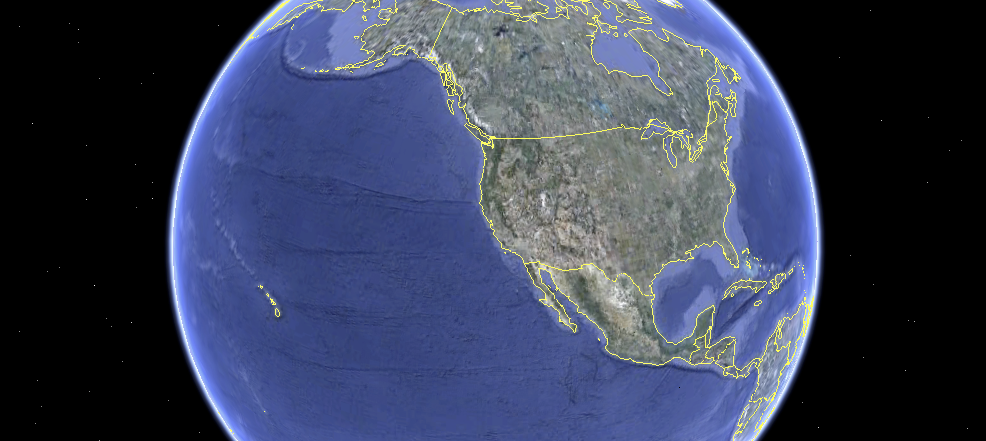April 2, 2013
I find myself in the remarkable position of being a ZERO1 Fellow, engaged in the challenge of bringing underlying ideas from previous work to the foreground to shape a project that enables connections between disparate places and circumstances. The underlying force is empathy; that curious ability to project ourselves into the experiences of others. To paraphrase Susan Sontag in Regarding the pain of others, place ourselves on the map of another’s suffering, bypassing sympathy, and imagine their suffering as our own.[Susan Sontag. Regarding the pain of others (Picador, 2004),103.]
These ideas have been the undercurrent of work I’ve done since 2004, work that attempted to make, even hypothetical bridges between disparate places to imagine circumstances and events that take place in one location, in relation to (an untouched and unrelated) other. Now, here with this fellowship, and it’s affiliation with Google and their world of inventions and products, my challenge is to give form and life to these ideas, envisioning a way to facilitate such connections and offer such experiences in some combination of physical and virtual space.
I started by searching for bridges between the city and emerging networks–the connected city, the platform city, and looking at institutional and other indepently produced projects relating to the interconnectivity of urban systems. My point of departure was a shift away from distinctions once holding near and far/local and global to place. While proximity doesn’t guarantee intimacy, the proliferation of mobile devices, networks, and our growing daily borderless inter-connectedness, changes our relationships to physical distance, intimacy, and proximity.
Thought about proximity and its social implications by starting from earlier explorations, for example by Edward Hall, in his research on how people use and occupy space, behavior he termed “proxemics.” He investigated spatial distances between people as related to cultural norms, comfort and intimacy [The Hidden Dimension]. Robert Levine’s book on the Geography of Time includes references Hall’s work where making distinctions between personal space and territory, the first being the intimate space immediately surrounding a person, and the latter, area that can be laid claim to and be defended against others. These early investigations of people in public spaces study bodies and relationships in physical space only, of course. I’m interested in thinking about ways these early observations serve to describe the changes now experienced by the body in physical and digital spaces.
In the process, I came upon/rediscovered an amazingly prescient segment by Michael Foucault from his 1967 essay, Of other spaces: Heterotopias. He wrote: “We are in the epoch of simultaneity: we are in the epoch of juxtaposition, the epoch of the near and far, of the side-by-side, of the dispersed. We are at a moment. I believe, when our experience of the world is less that of a long life developing through time than that of a network that connects points and intersects with its own skein.” His writing suggests fluidity of space, a sense of location that can slip and slide and fold in on itself, as though the space between San Jose, for example, and the West Bank can be eliminated and lives could touch and be touched.

